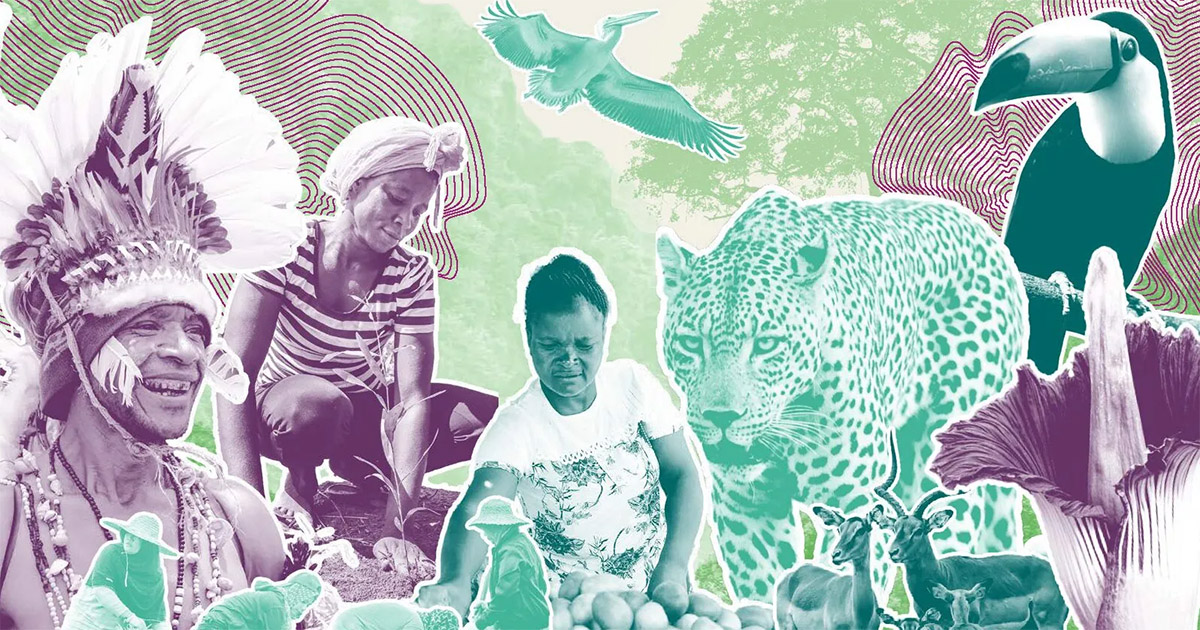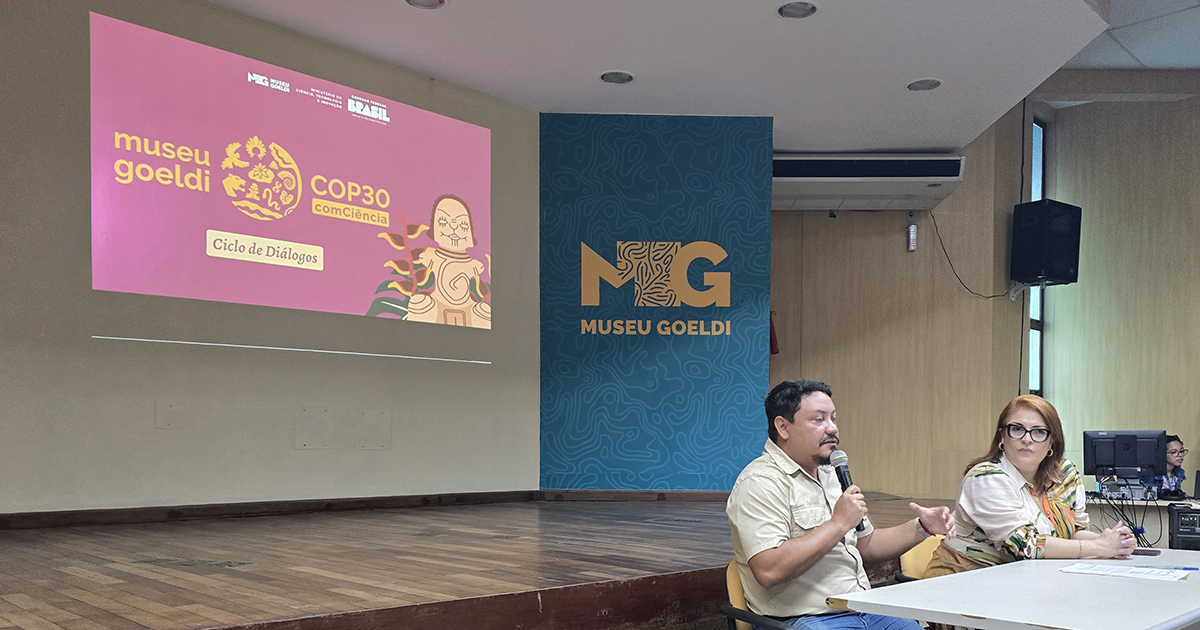Kenya’s natural resource base has dwindled over the years. The existence of many land-related laws, some of which are incompatible, has resulted in complex land management regimes, giving rise to fragmented interventions, poor land administration, and inadequate provision of agricultural services. The consequences are serious environmental problems aggravated by social, economic and political factors. Traditionally, land use practices were more sustainable, but many of these Landcare practices were discarded with the advent of colonialism. Today, significant progress is evident in rule-making, paving the way for adoption of more integrative approaches to natural resources management (NRM), including the more sustainable Landcare. Landcare is a widely-adopted co mmunity-based approach to NRM, that started in Australia in mid 1980s. The adoption of Landcare in Kenya, however, requires understanding of the policy and inst itutional contexts for which it can be applied. This paper attempts to identify re gime structures and policy instruments for anchoring the Landcare approach in Kenya. It informs a larger regional effort for the transformation of NRM through a Landcare framework. This review paper concludes that: 1) the existing policy context is neither inhibitive for Landcare nor does it require new policies; 2) Due to the exis ting complex institutional architecture, the introduction Landcare approaches in Kenya should be pragmatic and nuanced; 3) Landcare adoption will not only lead to achievement of national goals, but international obligations as well; 4) Th e relevance and longevity of Landcare is dependent on appropriate modes of integration; and 5) a coalition approach appears to have the potential mode for integrating Landcare in Kenya
DOI:
https://doi.org/10.5716/WP15330.PDF
Dimensions Citation Count:
























